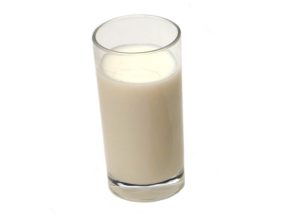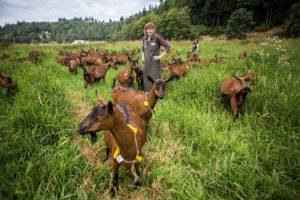Both posted substantial year-over-year growth through most of 2021, even as production across the other South American countries was mixed.
“Despite these gains, headwinds have picked up and South America’s record of bucking the global trend of shrinking production has come under threat,” said Monica Ganley, analyst with the Daily Dairy Report and principal of Quaterra, a consulting firm in Buenos Aries.
For the first 11 months of 2021, milk production in Argentina was 4.3% stronger than the comparable period in 2020. In Uruguay, the year-to-date increase over the same period was 2.1%, putting Uruguay on track for record milk production in 2021, Ganley noted. That said, milk production in Uruguay has started to soften due to margin pressure and weather issues, while monthly gains in Argentina continue to be strong.
“South America is still in the grips of a La Niña that began in late 2021, bringing dry weather to the region,” Ganley said. “The effects of the climate phenomenon were manageable until recent exceedingly hot temperatures began exacerbating the effects of lack of precipitation. That has greatly diminished soil moisture, and pasture quality has been deteriorating. Reduced forage availability combined with heat stress on cows will likely handicap milk production.”
In addition, Latin American producers, like producers elsewhere in the world, are battling rising operating costs.
“Appreciating feed, fertilizer, and labor costs are eating into producer margins, with currency dynamics further decreasing purchasing power,” Ganley said. “Most currencies in the region have lost value over the past few months, which renders imported inputs denominated in U.S. dollars, relatively more expensive for Latin American producers.”
Even though rising milk prices are no longer masking the increase in operating costs for producers, South America’s exporters still have an opportunity to pick up unmet demand as supply from other exporting regions falters.
“But this gap is closing and taking advantage of this opportunity will become increasingly difficult as the effects of dry weather and rising operating costs push back on milk production growth in the region.”
If South American suppliers are unable to fulfill growing export demand, the failure will only increase upward pressure on world milk and dairy product prices.













